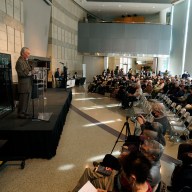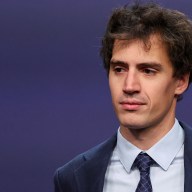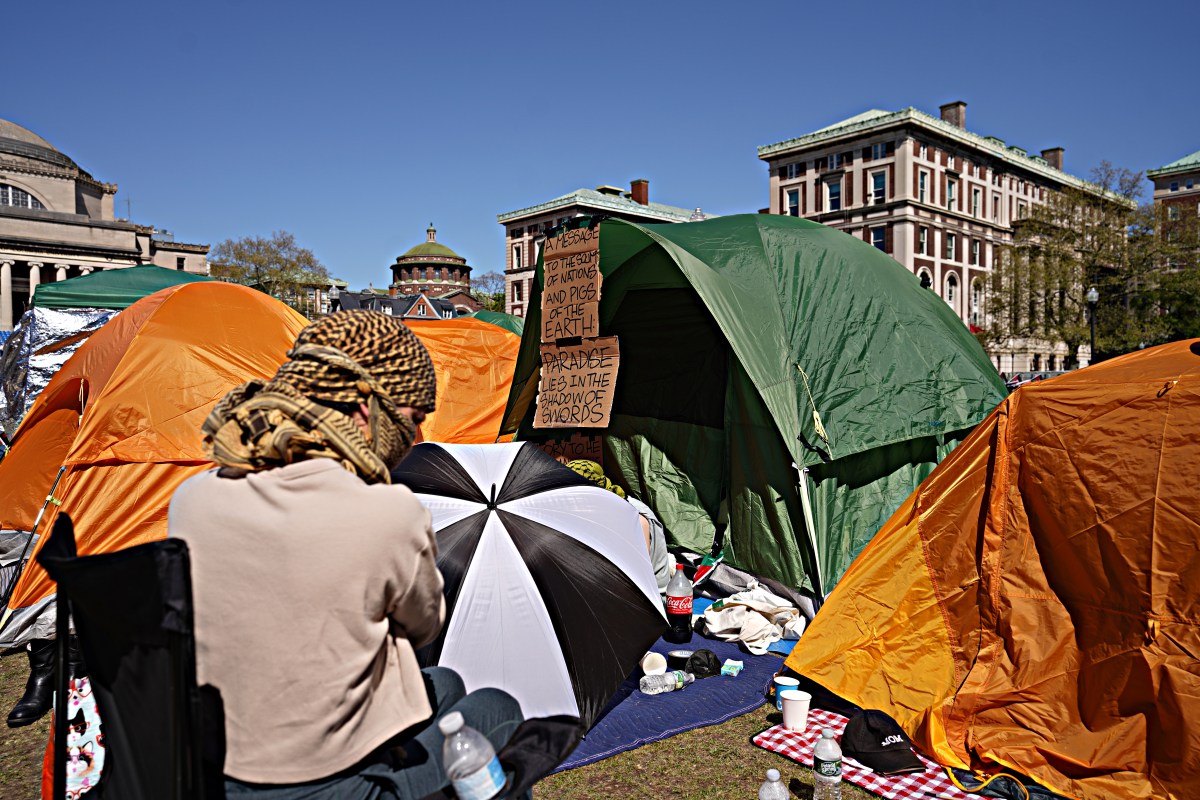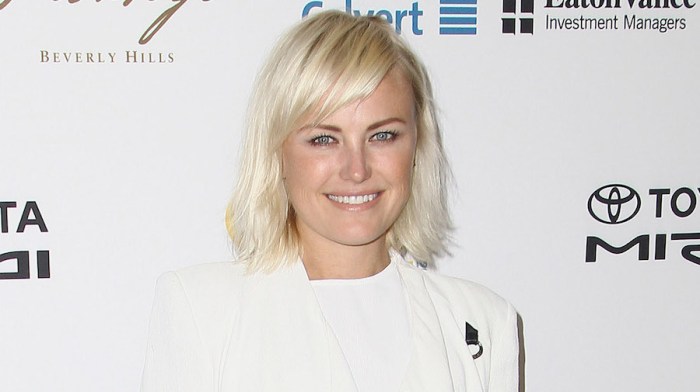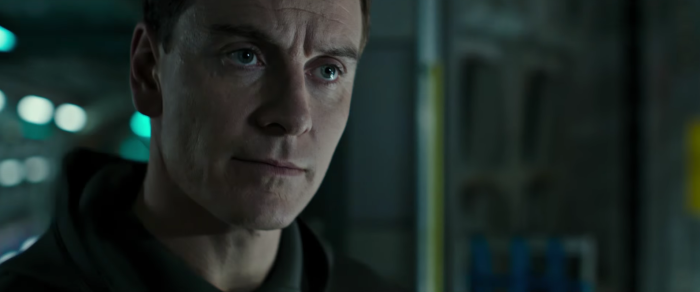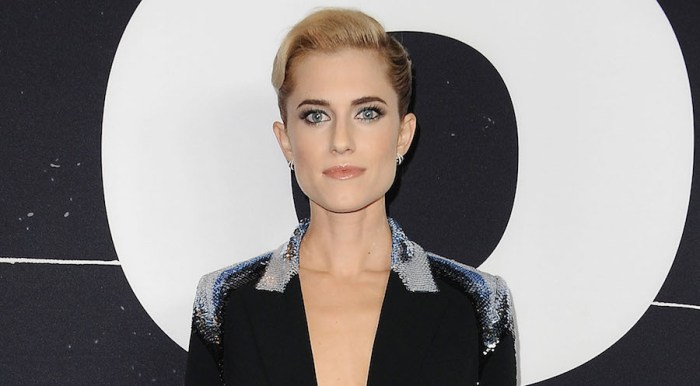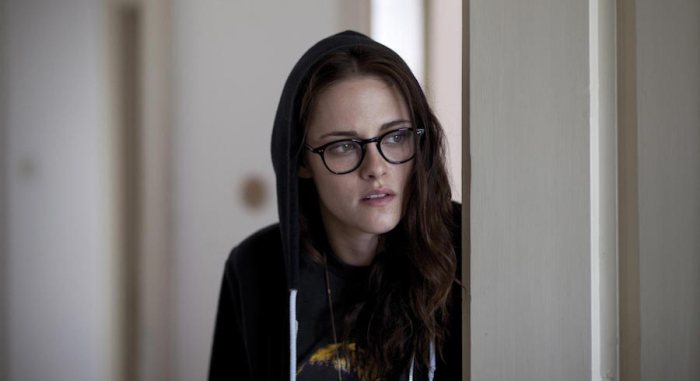The Apu Trilogy Starting Friday at Film Forum and through the end of May, you can take in one of the great multi-film stunts of cinema: Bengali director Satyajit Ray’s Apu Trilogy, which covers the life of a peasant boy into young adulthood, from country to city life, from high points through tragedies, from love through grief. The three films — 1955’s “Pather Panchali,” 1956’s “Aparajito” and 1959’s “Apur Sansar” — have all been painstakingly restored, their original negatives having perished in a fire some 25 years ago. They were, when they came out, instrumental in popularizing several kinds of cinema, not the least (but not the only) being international cinema, and the idea of India as a hotspot for exportable cinema. There’s a lot to unpack in these three very different, but equally rapturous, films. Here are five ways of reading them:
As international art cinema
Non-American films don’t deserve to be read exclusively in terms of their relationship to America. And yet The Apu Trilogy, along with the films of Akira Kurosawa and Ingmar Bergman, did help popularize the idea of not just cinema made outside our borders, but artistic cinema. They were so “new” in their foreignness, both in being made in India and in exuding a poetic approach to filmmaking, that they both alienated and bewitched initial American audiences. The New York Times’ then-critic Bosley Crowther — everyone’s favorite whipping boy for getting it wrong — hated “Pather Panchali,” and assumed his pan would kill the movie dead. It went and found an audience anyway, playing for months and thus helping to usher in an era of eggheaded moviegoing that continues, in some form, today. As independent movies
When he made “Pather Panchali,” Ray was in part reacting to the populist Hindi films of the day, roughly the equivalent of (if not as sometimes ridiculous as) today’s Bollywood cinema. As such, it was a proto-indie film: made on the cheap, made in a style that was the opposite of what was mainstream. “Pather Panchali” is a slice of life drama that, spiritually at least, wouldn’t be out of place at Sundance. In fact, compared to its fairly dramatic two sequels, very little happens in the series’ kick-off, as it quietly observes not only the boy Apu (Subir Banerjee) but his family, including his mother (Karuna Banerjee), who has to cope with her husband (Kanu Banerjee) spending much of the movie away for work purposes (and, in “Aparajito,” her son becoming one of those college-bound types who never writes). Like any enterprising filmmaker with little money, Ray was able to cobble together a makeshift new way of filmmaking, which mixed drama with montages of nature against Ravi Shankar’s hypnotic score. That leads us to the next segment: As music films
Ray himself was no slouch as a musician; he scored many of his subsequent films, and loaned his services out to others as well (including James Ivory’s India-set “Shakespeare-Wallah”). Still, his hiring of Shankar to score his three Apu films was a smart move as it helped establish his gifts for segueing from talky dramatic scenes into trance-y sequences of pure music and image. When Ray’s films make the switch into montages, they resemble little else of the time; indeed, only the documentarian Les Blank (“Burden of Dreams”) is as good at combining transcendent songs with astutely selected scenes of nature, including some of the best rainfall you’ll ever see in a film. This was revolutionary for the time; narrative cinema had largely given over to talk in the sound age, and while there’s plenty of chatter in Ray’s films, he also helped reintroduce the idea of wordlessness back into the movies. As poetic cinema
The montages aren’t just about the lack of dialogue; Ray is trying to film the intangible, creating sensations between the dance between sound and image that can’t be put into words. You can see this idea being taken and run with throughout filmmakers that followed. Terrence Malick is unimaginable without Ray, even if he took his approach in a different direction. (You don’t hear philosophical narration in Ray’s films; the images speak for themselves.) But even the deceptiveness plainness of the scenes that are purely expository can be seen everywhere. One filmmaker who was already established at the time who clearly borrowed from Ray mid-stream was Elia Kazan, whose films became more comfortable with telling their stories visually, not just with powerhouse acting. His 1962 “America, America” swipes the high contrast black-and-white that distinguishes Ray’s films, as well as the bold simplicity of the shot selection. As a movie about aging
One of the main hooks to get an audience in 2015 to watch The Apu Trilogy is this: it’s about a boy aging into an adult. Granted, it doesn’t have the stunt of Francois Truffaut’s Antoine Doinel films — the five that follow Jean-Pierre Leaud in real time from 1959’s “The 400 Blows” through 1979’s “Love on the Run” — or Richard Linklater’s “Boyhood.” When Apu ages he’s simply replaced by another actor; by “Apur Sansar,” he’s become Soumitra Chatterjee, who became Ray’s favorite actor to use, starring in films all the way up to his penultimate effort, 1990’s “Branches of the Tree.” That doesn’t make it any less mind-blowing. Apu’s life is singularly twisty-turny, taking him from the country to the city to school, from the poor single life to marriage to fatherhood. Death hits repeatedly, and in “Apur Sansar” alone you watch as Chatterjee’s beaming smile slowly erodes into a defeated scowl. (Chatterjee is peerlessly expressive, his face capable of so much. He would have been a terrific silent era star.) The Apu Trilogy doesn’t need the same actor to feel like one person’s epic journey through the difficulties of life. There’s already so much crammed into them, all of it existing in harmony. They’re films that offer modest slices of life and glimpses into the mysteries of the universe. The Apu Trilogy run through May at Film Forum. For a complete schedule, visit their site.
Film Forum
Runs through May 28
5 ways to look at Satyajit Ray’s The Apu Trilogy
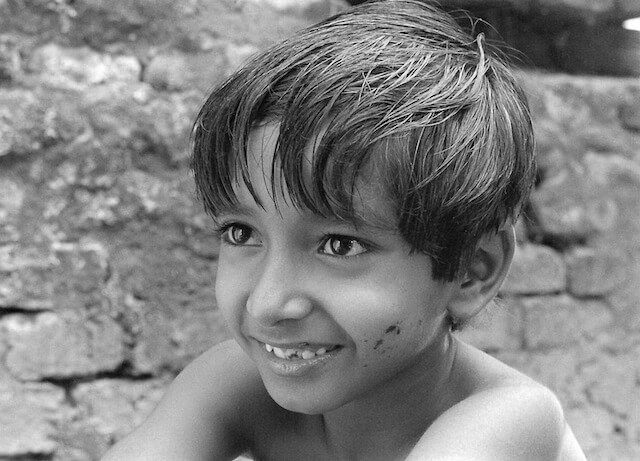
Janus Films
Follow Matt Prigge on Twitter @mattprigge






